by Dana Greene
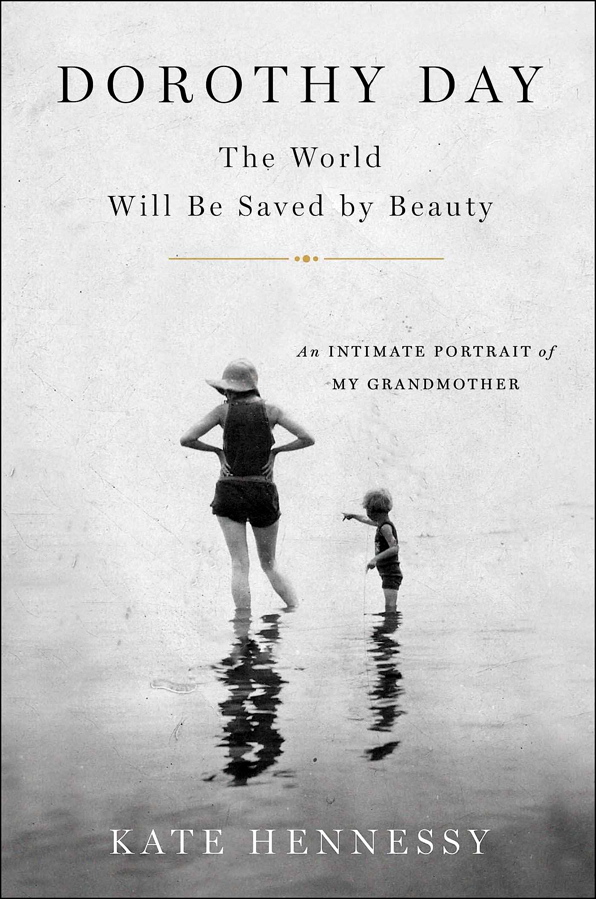
Dustwrapper art courtesy Scribner; simonandschusterpublishing.com/scribner
Who was Dorothy Day? In his address to Congress, Pope Francis named her an American icon of the stature of Abraham Lincoln and Martin Luther King Jr., and New York Cardinal Timothy Dolan is among those moving her case forward for canonization. There are abundant materials documenting Day’s life and contributions — her autobiographies, letters, diaries, hundreds of her Catholic Worker columns, and a spate of biographies by Robert Coles, Jim Forest, William Miller and others.
One might ask whether another biographical venture, this one written by Day’s youngest granddaughter, might be redundant or sentimental? It is neither. Kate Hennessy’s biography, Dorothy Day: The World Will Be Saved by Beauty; An Intimate Portrait of My Grandmother (New York: Scribner, 2017) offers valuable insights into understanding this “complex,” “restless,” “bullheaded,” “judgmental” and “contradictory” woman who in her life railed against being referred to as a saint. It is a clear-eyed, tough but tender telling of Day’s life that goes far in saving her from the hagiographic “embalming” that so often accompanies saint-making.
Hennessy’s “insider” story is unique, a family biography linking Day with her daughter, Tamar, and Day’s nine grandchildren, most prominently Hennessy herself. It opens with the story of Day’s early life, her sense of not belonging, and then the Bohemian years of this “Northern Communist whore” in the 1920s and 30s.
Read the rest of this article »
by Helen Fox
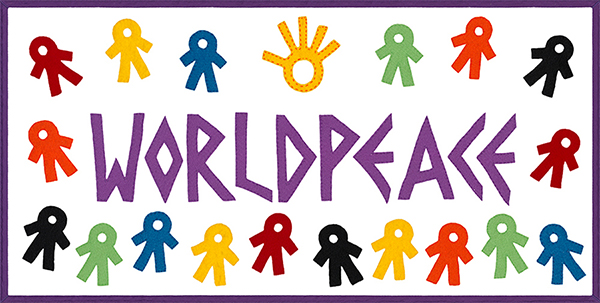
Teaching Peace illustration courtesy johnworldpeace.com
Abstract: In-depth interviews with undergraduates at a high-ranking, politically liberal U.S. university suggest that young adults who are most likely to occupy future positions of influence are skeptical of the idea that a world without war is possible. Despite their aversion to war in general and the Iraq War (also called The Second Gulf War: 2003-2011) in particular, these students nearly always said they believe that war is an integral part of human nature and that peaceful international relations will always be subverted by individuals and/or groups that insist on taking advantage of others. When students defended the need for war, they did not cite international terrorism or self defense as just causes, but rather the responsibility to protect defenseless others such as villagers in Darfur or Jews in Hitler’s Germany. However, students knew little about the prevalence and efficacy of nonviolent movements or the range of diplomatic and political tactics that have been employed to deter violence. The author shares the content and methods of her seminar on nonviolence, and concludes that more courses in secondary schools and universities need to fill the gaps in students’ knowledge by teaching historical, social, political, and psychological information about both war and peaceful solutions to conflict.
Read the rest of this article »
by Brian Martin
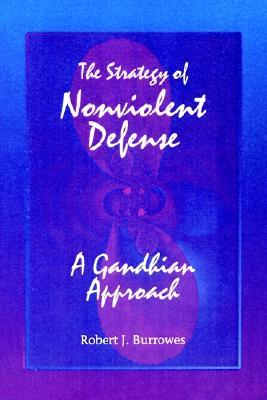
Dustwrapper art courtesy sunypress.edu
Military establishments spend a vast amount of effort preparing to resist or wage aggression. They have operational plans, for example to launch attacks on enemy troops or facilities. They make preparations to provide supplies of all sorts to their forces. They ensure that industry has the capacity to produce military and related goods. And they invest in powerful weapons systems to provide a technological edge. All this contributes to military strategy, commonly called “defence strategy.”
But defence can also be based on nonviolent means. Compared to military preparations and investments, the amount of effort devoted to nonviolent defence is almost nonexistent. There have been numerous nonviolent actions, to be sure, some of them quite spectacular, such as the Czechoslovak resistance to the 1968 Soviet invasion, the toppling of the Marcos dictatorship in the Philippines in 1986, the First Palestinian Intifada from 1987-1993 and the collapse of communist regimes in Eastern Europe in 1989. But these uses of nonviolence were largely spontaneous. Unlike military operations, most nonviolent action so far has involved relatively little planning of operations, logistics, social infrastructure and technology.
Perhaps this is only to be expected, given that the idea of nonviolent defence is fairly new. The first full-fledged expositions date from the late 1950s, and since then a small number of researchers have dealt with the topic. (1) But just as the practice of nonviolence receives little funding or support compared to the military, there have been few incentives for research into nonviolence, which has continued at a fairly low level.
Read the rest of this article »
by E. S. Reddy
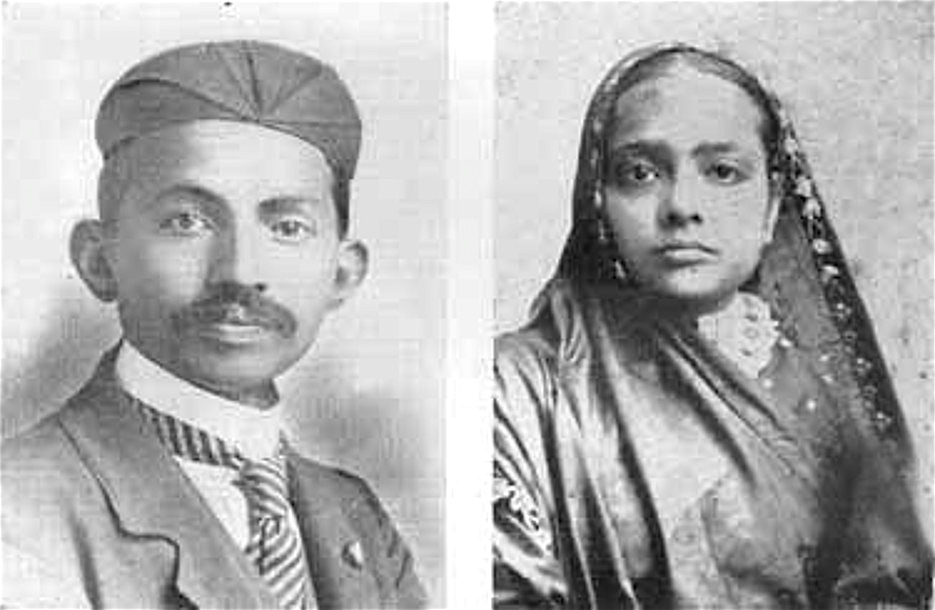
Portraits of Mohandas and Kasturba Gandhi at the time of the South African campaign; courtesy en.wikipedia.org
Editor’s Preface: We have posted several articles on significant figures in the Satyagraha movement, other than Mahatma Gandhi. We have also featured articles on women nonviolence leaders such as Vandana Shiva and Dorothy Day. This article concentrates on the role Gandhi’s wife, Kasturba Gandhi (1869–1944), played in the South African satyagraha campaign. Please also see the note at the end for biographical information about the author, and acknowledgments. JG
Kasturba Gandhi by her “silent suffering” as a prisoner sentenced in 1913 to three months rigorous imprisonment, made a crucial contribution to the success of the nonviolence civil resistance campaign (satyagraha) in South Africa, but this is little known.
In early 1913, when satyagraha in the Transvaal had been suspended, Justice Malcolm Searle of the Cape Supreme Court ruled that marriages performed according to a religion which allowed polygamy – that is, all Muslim and Hindu marriages – would not be recognised in South Africa. If this ruling had prevailed, almost all married Indian women would have been reduced legally to the status of concubines and their children treated as illegitimate. The women and children would have lost the right of inheritance and the right to enter South Africa. The government ignored repeated appeals from the community for legislation to remedy the situation.
Read the rest of this article »
by George Lakey

Banner art courtesy Peace & Justice Center; pjcvt.org
How do we figure out how to amplify our power and maximize the chance of winning victories? We can start by freeing up the energy devoted to one-off protests, rallies, and demonstrations. When I look back on the one-off protests I’ve joined over the years, I don’t remember a single one that changed anything. The really spectacular failure was the biggest protest in history, in February 2003. I joined millions of people around the world on the eve of George W. Bush’s war on Iraq. We did get a huge front-page headline in the New York Times, but Bush only needed to wait until we went home.
Read the rest of this article »
by Robert J. Burrowes
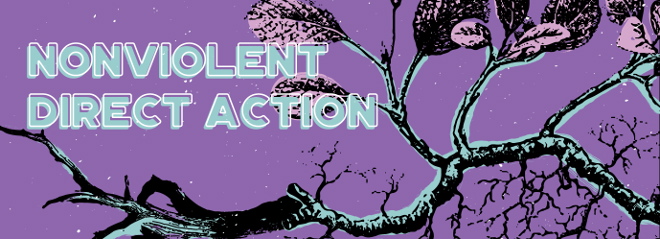
Poster art courtesy War Resisters League; warresisters.org
All nonviolent struggles are conducted simultaneously in the political and strategic spheres, and these spheres, which are distinct, interact throughout. I have discussed this at length elsewhere. (1) Despite this, only rarely have nonviolent struggles been conducted with a conscious awareness of this vitally important relationship. Gandhi’s campaigns were very effective partly because he understood the distinction and relationship between politics and strategy in nonviolent struggle. And the failure of many campaigns can be attributed, in part, to the fact that most activists do not. To illustrate the distinction and the relationship between these two spheres, and to highlight their vital importance, this article discusses them within the simpler context of nonviolent actions.
Read the rest of this article »
by Jim Haber
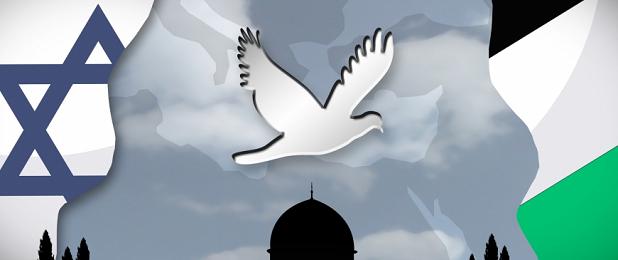
Israel-Palestine peace poster, courtesy Centre for European Reform; cer.eu
A new project in the rural hills of the West Bank, called Sumud Freedom Camp, is the latest sign of a resurgence of strategic, nonviolent organizing in Palestine; it is creating strong bonds between Palestinians and Jewish activists from Israel and around the world.
I traveled to Palestine this May (2017) with a delegation organized by the Center for Jewish Nonviolence (CJNV), to help build the Sumud Camp (the name means steadfastness), following a call for assistance by Palestinian communities. Using the hashtag #WeAreSumud, the camp was organized by a unique coalition of Palestinians, Israelis, non-Israeli Jews, and international justice seekers standing in solidarity with the village of Sarura, in the South Hebron Hills of the occupied West Bank.
Read the rest of this article »
by George Lakey
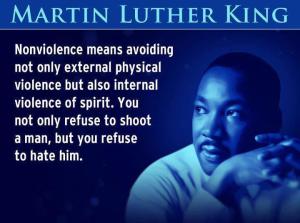
Martin Luther King poster courtesy fabiusmaximus.com
Some people feel inspired by Martin Luther King, Jr. to do service projects. But the U.S. civil rights movement that he led was not about days of service; it was about days of confrontational action. Think about the hundreds of action groups that sprang up in the North as well as the South, many winning campaigns against racial discrimination. They mobilized and radicalized people; that movement gave me my first experience of civil disobedience.
Some of those early groups, of course, flourished, and some fell apart quickly. Since then we’ve learned a lot about how to start action groups in a way that increases their chance to thrive, wage a campaign, learn from it and grow, often through trial and error.
The steps for beginning a group are not really as simple as a food recipe, but I’ll take the risk of writing this in a recipe-kind-of-way. Remember that every situation is always unique. You’ll need to think with friends through each step, adapting to your circumstances.
Read the rest of this article »
by Kim Sung-soo
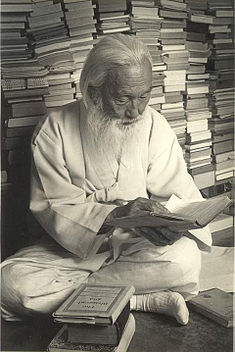
Portrait of Ham Sok-hon courtesy en.wikipedia.org
Ham Sok-hon (1901-1989) was known as the “Gandhi of Korea.” He sought to affirm the identity of Koreans at a time when Korea had fallen prey to Japanese imperialism. Ham believed that discovering one’s identity, especially as a colonized nation, was extremely important as it also determined one’s destiny. Without knowing who you are, it is very difficult to know what to do.
Ham was a civil rights activist when his country was ruled by dictatorial regimes (in both the North and South). Yet, as a maverick thinker, he tried his best to merge diverse religions and ideologies. Although he passed away nearly three decades ago, his legacy still inspires a considerable number of civil rights activists and liberal thinkers in Korea today.
Ham was born in North Korea and died in South Korea. He grew up on a small island in the Yellow Sea at the beginning of the 20th century. His father was a gentle and quiet herbal doctor, while his uncle was a man of action with vigorous Christian faith and a strong sense of patriotism as Korea began to lose her sovereignty to Japan. From an early age, Ham was influenced a great deal by his uncle in terms of merging Christian faith and a spirit of national independence under Japanese oppression.
The March 1 Independence Movement of 1919 was the turning point in Ham’s life, which changed him from a shy boy of eighteen to a courageous young man. From that point on he became very aware of his identity, as well as the identity of his country as a colonized nation. Later, in the 1930s as a history teacher, he began to write what would be Korean history from the oppressed people’s perspective. Because of his view on Korean history, he was imprisoned and suffered greatly at the hands of the Japanese colonial regime. His books, starting with the controversial Korean History in 1948, and the later Queen of Suffering: A Spiritual History of Korea (Seoul, Korea: Friends World Committee for Consultation, 1985) are still recognized as among the most notable books in Korea.
Read the rest of this article »
by M. K. Gandhi
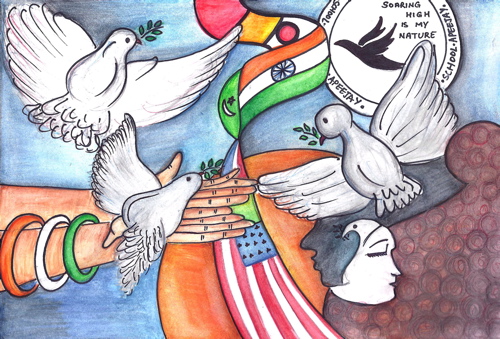
Peace Quilt designed by 9th grader Vidhi Jain, Apeejay School, Pitampura, India; courtesy peacequilt.wordpress.com
Editor’s Preface: We have posted a series of statements by Gandhi that very much address situations and conflicts we currently face, as with his statements on Truth. The “nuclear menace” is much in the news again. These extracts are then being posted in August, the anniversary month of the bombings of Hiroshima and Nagasaki. Please consult the notes at the end for notes, and sources. JG
Has not the atom bomb proved the futility of all violence? (1)
There have been cataclysmic changes in the world. Do I still adhere to my faith in truth and non-violence? Has not the atom bomb exploded that faith? Not only has it not done so, but it has clearly demonstrated to me that truth and non-violence constitute the mightiest force in the world. Before it the atom bomb is of no effect. The two opposing forces are wholly different in kind, the one moral and spiritual, the other physical and material. The one is infinitely superior to the other which by its very nature has an end.
Read the rest of this article »














